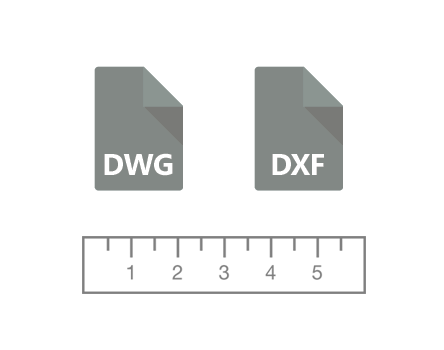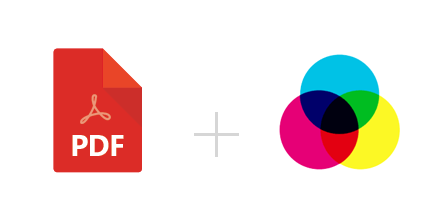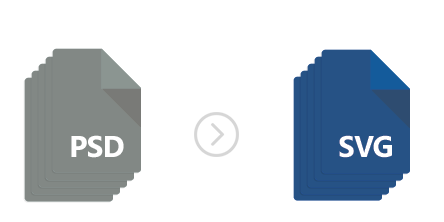
DWG is one of the most commonly used formats in the construction industry. Created in the 1980s as a proprietary extension of AutoCAD — probably the best known software in this business — DWG is perfect for storing design and geometric data, building project and sketches, detailed maps etc. So if you are an architect, engineer, designer or have another profession connected to constructions, you probably use this format a lot.
Though extremely practical for storing detailed representations of building details, DWG files have the downside of being extremely large and offering a relatively limited compatibility with other software. That’s why most professionals in the industry choose to convert DWG vector files to PDF — which offers significantly wider accessibility options — when sending them to clients or partners who don’t have AutoCAD installed, for example.
If you are one of those professionals who need to handle a large number of DWG to PDF conversions on a regular basis, we have some great news for you! reaConverter offers a handy solution that helps avoid repeating the same set of operations over and over again, thus saving time and effort. Using the Watch Folders feature, you can now automate your conversions in no more than 4 easy steps.











